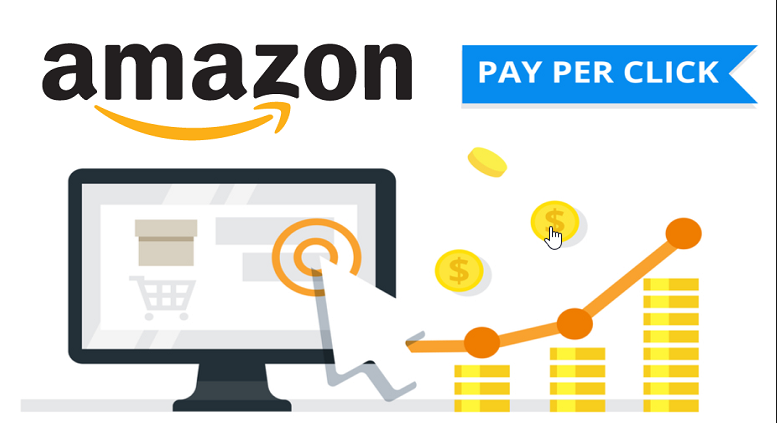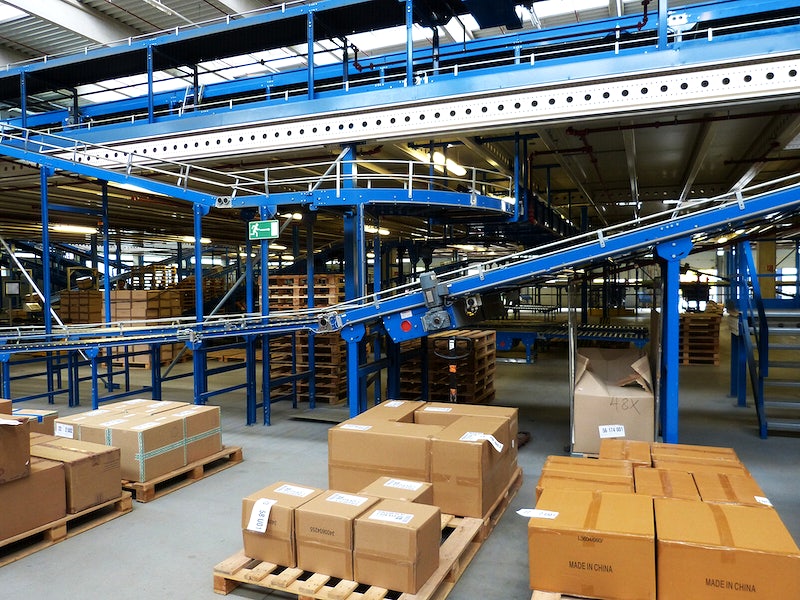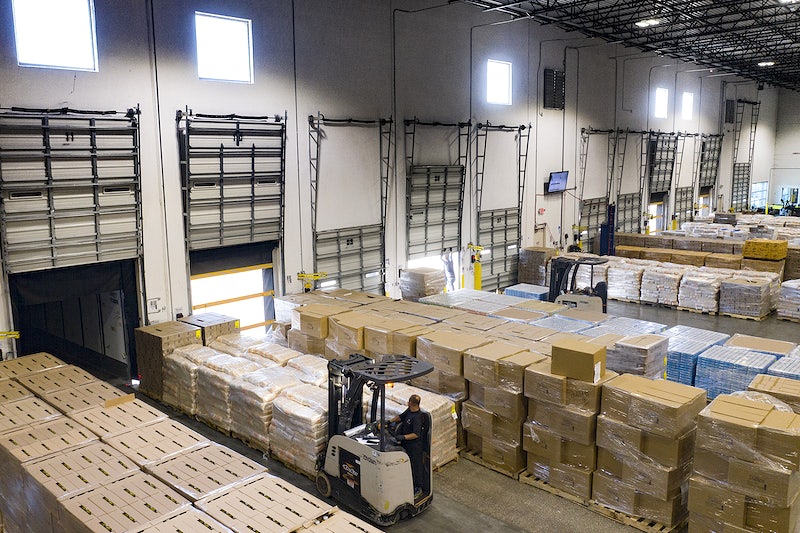As the world’s largest online marketplace, Amazon has carved out a space for itself as the go-to destination for millions of active customers looking for a diverse range of products. With billions of dollars in revenue, it’s no wonder that Amazon advertising has become an indispensable component of any online marketing strategy for businesses who seek to increase their sales and visibility on the platform.
Amazon advertising is replete with an array of tools and features that enable businesses to target their ideal audience, up their sales, and drive conversions. In this ultimate guide to Amazon advertising, we’ll take a deep dive into everything you need to know to create and run successful Amazon ad campaigns.
So, what exactly is Amazon Advertising, and how does it work?
Amazon Advertising is Amazon’s exclusive online advertising platform that offers businesses the opportunity to promote their products and services to Amazon’s massive audience. With Amazon Advertising, businesses can create diverse types of ads that can be used to reach Amazon customers who are actively searching for products or browsing the site.
The advantages of advertising on Amazon include:
- Increased visibility: Amazon advertising allows businesses to improve their visibility on the platform by placing their products right in front of customers who are actively searching for similar products.
- Better targeting: Amazon advertising offers a range of targeting options that enable businesses to reach the right customers at the right time. This means that businesses can create more effective campaigns that are more likely to drive conversions.
- Increased sales: By targeting the right customers and increasing visibility, businesses can boost their sales on the platform, which can lead to increased revenue and growth.
There are numerous types of Amazon advertising options for businesses to choose from. These include:
- Sponsored Products: These are the most common type of Amazon ads, and they appear in search results and on product detail pages. Sponsored Products are designed to increase product visibility and drive sales. They are keyword-targeted, which means that businesses can choose the keywords they want to target and bid on them. When a customer searches for one of the chosen keywords, the sponsored product ad will appear at the top of the search results.
- Sponsored Brands: These ads appear at the top of search results and feature a custom headline, logo, and multiple products. Sponsored Brands are designed to increase brand visibility and drive sales. Like Sponsored Products, they are keyword-targeted and can appear on both desktop and mobile devices.
- Sponsored Display: These are display ads that appear on product detail pages, customer review pages, and other pages on the Amazon platform. Sponsored Display ads are designed to reach customers who are browsing Amazon and are interested in related products. Unlike Sponsored Products and Brands, Sponsored Display ads are not keyword-targeted, but instead, use interest and product targeting to reach the right audience.
- Video Ads: These ads play before, during, or after Amazon videos. Video Ads are designed to increase product awareness and engagement, making it a great way to showcase a product’s features or benefits. They are available for both desktop and mobile devices and can be targeted by interest or product.
- Stores: These are customizable, multi-page storefronts that allow businesses to showcase their brand, products, and story. Amazon Stores are designed to provide customers with a more immersive shopping experience, and can be a great way to build brand loyalty and drive sales.
So, how do you create an Amazon Advertising campaign?
To create an Amazon Advertising campaign, you’ll need to follow a few simple steps:
- Set up your Amazon Advertising account: To create an Amazon Advertising account, you’ll need to sign up for Amazon’s self-service advertising platform. Once you’ve signed up, you’ll be able to create campaigns, set budgets, and track performance.
- Choose your advertising type: Choose the advertising type that best suits your business and campaign goals.
- Define your campaign parameters: This includes setting a budget, defining targeting options, and creating ad creative. Make sure you carefully consider your target audience and what type of ad creative is most likely to resonate with them.
- Launch your campaign: Once you’ve created your campaign and defined your parameters, it’s time to launch. Make sure you continually monitor your campaign’s performance and make adjustments as necessary.
In conclusion, Amazon advertising is a powerful tool for businesses looking to increase their sales and visibility on the platform. By taking advantage of the various types of Amazon ads and targeting options, businesses can create effective campaigns that drive conversions and boost revenue.
As you plan your Amazon Advertising campaign, remember to consider the key factors that drive success on the platform, including increased visibility, better targeting, and increased sales. By following the steps outlined in this ultimate guide to Amazon advertising, you’ll be well on your way to creating and running successful campaigns on the world’s largest online marketplace.









